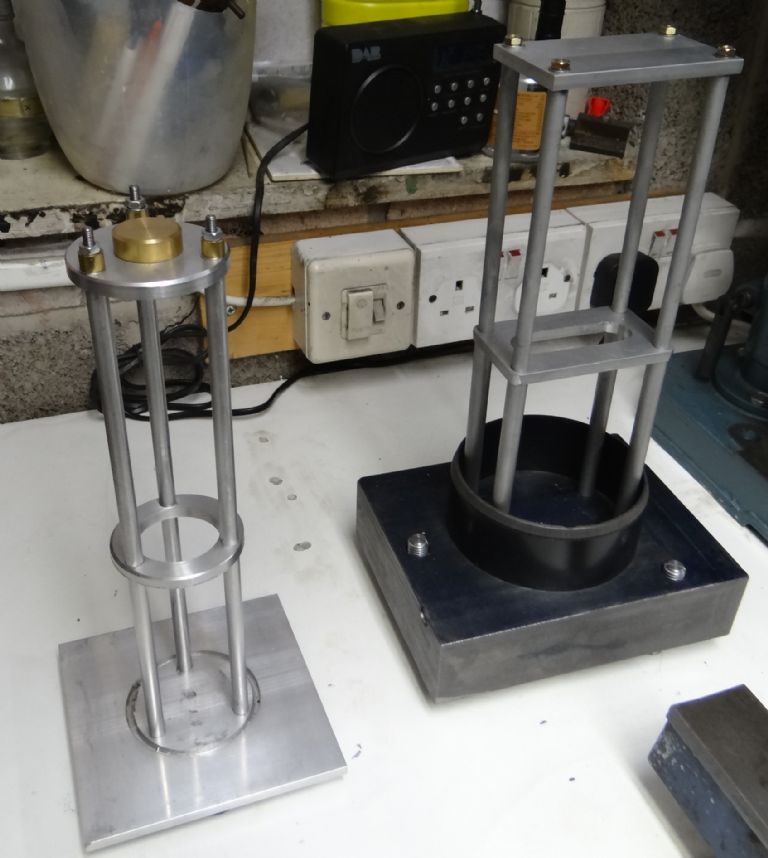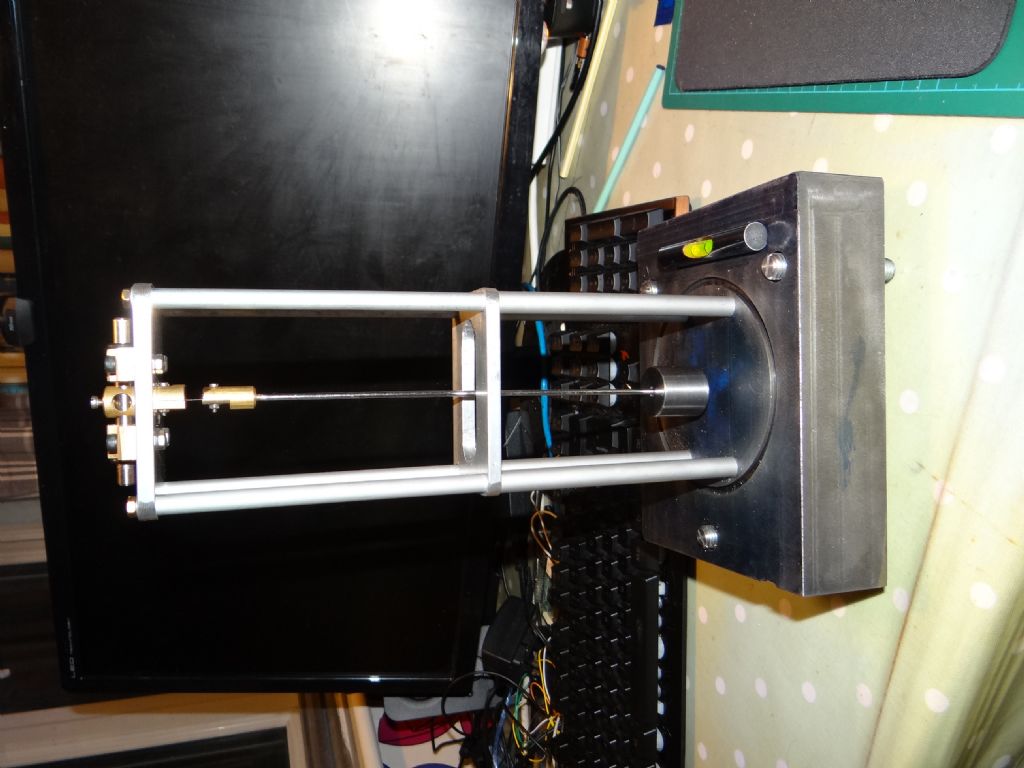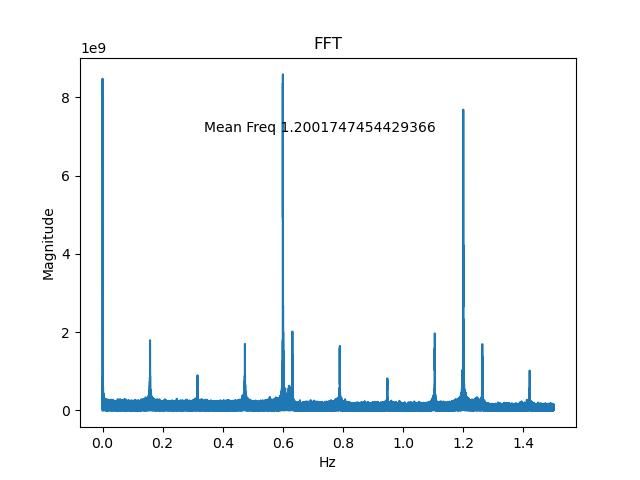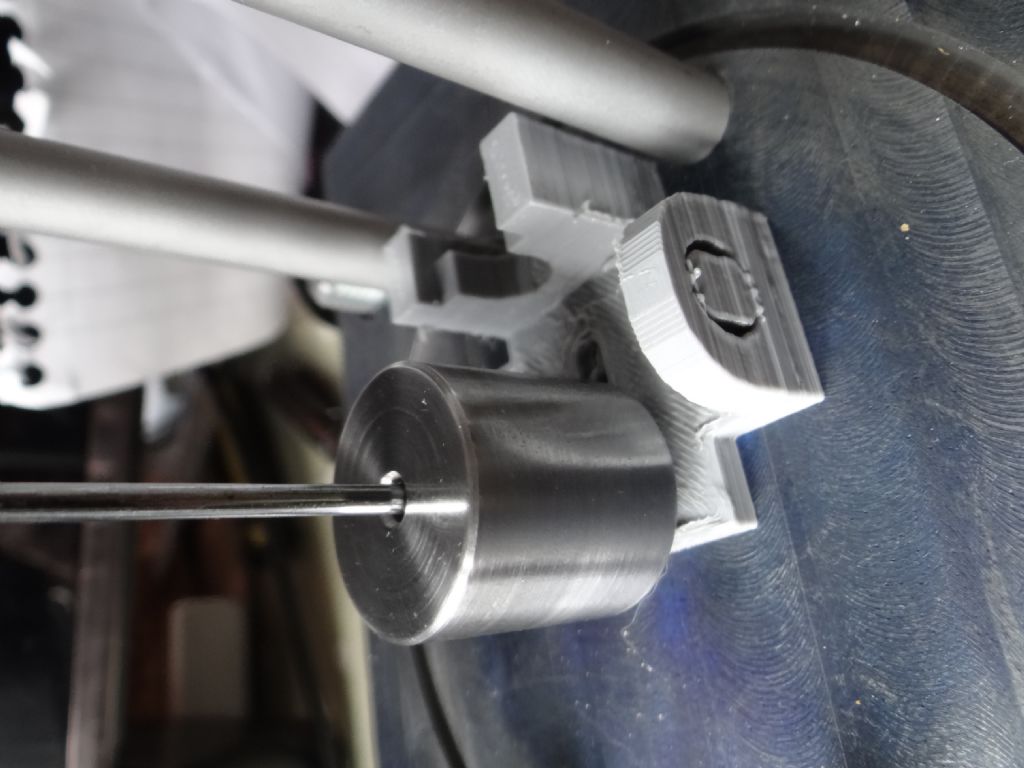Posted by Michael Gilligan on 18/04/2023 21:02:41:
Mildly disappointed [i.e. I will get over it ] that no-one appears to have given any thought to IR thermometers.
…
Well I have now, thanks! This module is available from Sparkfun ready to go on an Arduino:

I won't rush to buy one ($32 USD) until it's confirmed that my current temperature arrangement causes detectable errors. (The beast is experimental and may not keep good time for other reasons!)
What could possibly go wrong?
- As far as I know, no-one has ever used one of these in a vacuum to measure the temperature of a moving metal object. The device specs (MLX90614) don't mention any pressure limitations, so the case might pop in a vacuum! (I doubt it). Electrolytic capacitors feel more risky, because big ones come in a thin Aluminium cylinder that's designed to burst if the electrolyte boils. I guess the burst pressure at least 2 bar, but don't know.
- There's already an Infrared transmitter inside the container bouncing IR off the bob. It might interfere with an IR thermometer. Fixable by changing the beam break system to use visible light, so this could become a bigger change than expected.
- I'm still worrying about normally air-cooled electronics overheating in a vacuum. It's another unknown.
Meanwhile, I 3d-printed the sensor chariot last night. Always a nervous process because STL files are dimensionless and the slicer has to be told what the scale is. Get the scale wrong and the object comes out the wrong size. It's the sort of mistake I'm prone to make, but it fits correctly, phew!

Next job, remove the sprues, turn the slotted LED holders and fit the electromagnet. Once that's done I can spot glue the chariot in place and confirm the clock still runs. Unlikely, because the bob is much heavier and the electromagnet is near the cast-iron base, which is magnetic. The chariot position and software parameters, mainly impulse power, have to be tuned for acceptable amplitude and reliable running.
In air, the previous pendulum kept best time being lightly impulsed on every beat, basically keeping the amplitude constant. This may not be best for the new pendulum, which is mechanically superior and will be swinging in a vacuum. Therefore I have to retry the huff and puff governed approach, in which the pendulum is allowed to swing free for many beats, and only impulsed when necessary.
Years of work ahead…
Dave
Edited By SillyOldDuffer on 19/04/2023 11:06:10
SillyOldDuffer.









